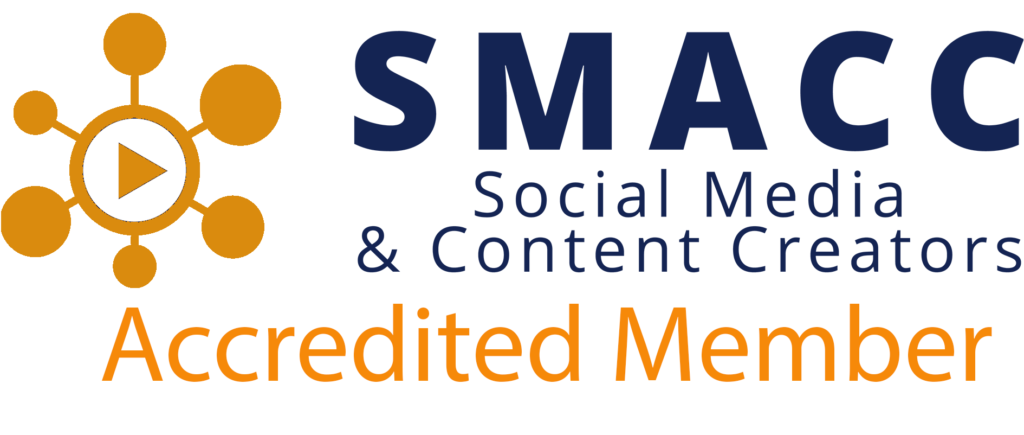Ethics and Morals in Content Creation: The Responsibility of SMACC Members
In the digital era, content creators hold significant influence over their audiences. Whether producing news, entertainment, or storytelling content, creators shape public perception, impact opinions, and contribute to the information ecosystem. However, with great influence comes great responsibility. One of the core ethical challenges in content creation is distinguishing between factual reporting and creative storytelling.
SMACC is committed to ensuring that its members uphold the highest standards of ethical responsibility. This includes preventing the spread of misinformation and maintaining transparency when creating narrative-driven content that is not grounded in fact. As part of the SMACC Code of Conduct, members are expected to adhere to responsible content creation principles that balance creativity with accountability.
Fake News vs. Storytelling: Understanding the Difference
Fake news is the deliberate or reckless dissemination of false or misleading information, often designed to deceive or manipulate public perception. It undermines trust, fuels misinformation, and can have significant social, political, and economic consequences.
Storytelling, on the other hand, is a valuable and legitimate form of content that allows creators to engage, entertain, and inspire audiences. Fictionalized narratives, dramatized accounts, or speculative storytelling are powerful tools in media but must be clearly identified as such to maintain audience trust.
Ethical Guidelines for SMACC Members
To maintain credibility and integrity, SMACC members must follow these ethical guidelines:
1. Clearly Differentiate Between News and Storytelling
If content is factual, it should be thoroughly researched, sourced, and presented with accuracy. If content is fictionalized, dramatized, or speculative, it must be explicitly labeled as such.
- Use disclaimers when producing non-factual content.
- If blending fact with storytelling, clearly indicate which parts are speculative.
- Avoid misleading headlines that suggest fiction is factual reporting.
2. Avoid Spreading Misinformation
Creators should verify sources and ensure that the information they present is accurate. Spreading unverified or misleading information—even unintentionally—can harm individuals, businesses, or communities.
- Fact-check before publishing.
- If a mistake is made, issue a prompt correction.
- Cross-reference sources before presenting information as fact.
3. Disclose Sponsorships and AI-Generated Content
Transparency extends beyond reporting. If content is sponsored, AI-generated, or altered in a way that affects its authenticity, this should be disclosed.
- Clearly state when a brand or organization has funded content.
- Disclose when using AI-generated voices, images, or text.
- Avoid deepfakes or manipulated media that could mislead audiences.
4. Consider the Impact of Your Content
Every piece of content has an effect—whether it’s informing, persuading, or entertaining. Before publishing, consider how it may influence your audience.
- Avoid causing unnecessary fear, panic, or harm.
- Be mindful of cultural sensitivities and biases.
- Encourage critical thinking rather than blind acceptance.
5. Uphold Integrity in Interviews and Reporting
If conducting interviews or reporting on real-life events, ensure ethical practices such as consent, accurate representation, and fairness.
- Do not manipulate quotes or take them out of context.
- Provide interviewees with an opportunity to clarify or correct statements.
- Be upfront about editing practices and intent.
The SMACC Commitment to Ethical Content
SMACC members are content leaders, and with leadership comes the duty to uphold professional standards. Ethical content creation does not mean sacrificing creativity—it means respecting your audience by providing clear distinctions between storytelling and factual reporting.
By following these principles, SMACC members contribute to a more informed and responsible digital landscape, fostering trust and credibility within the industry.
Final Thought:
Great storytelling and impactful reporting can coexist. The key is clarity, honesty, and integrity. As SMACC members, we commit to these values, ensuring that our content—whether fact or fiction—is presented responsibly and ethically.
And please note, this article was largely generated by AI 🙂 we practice what we preach. ! 🙂


